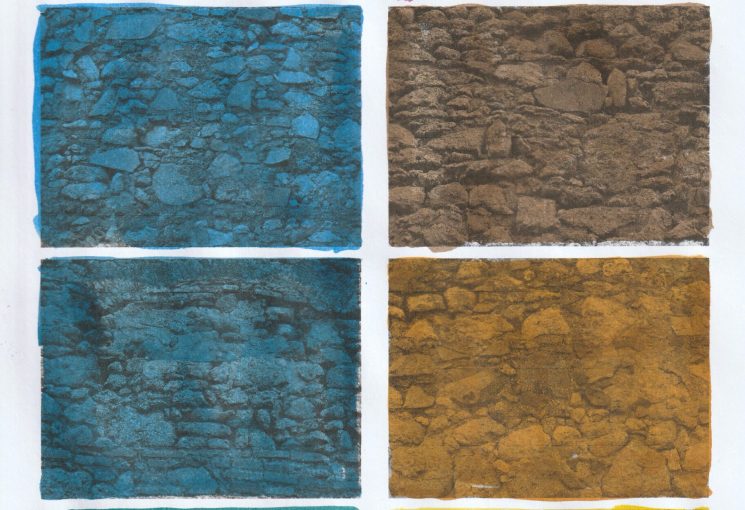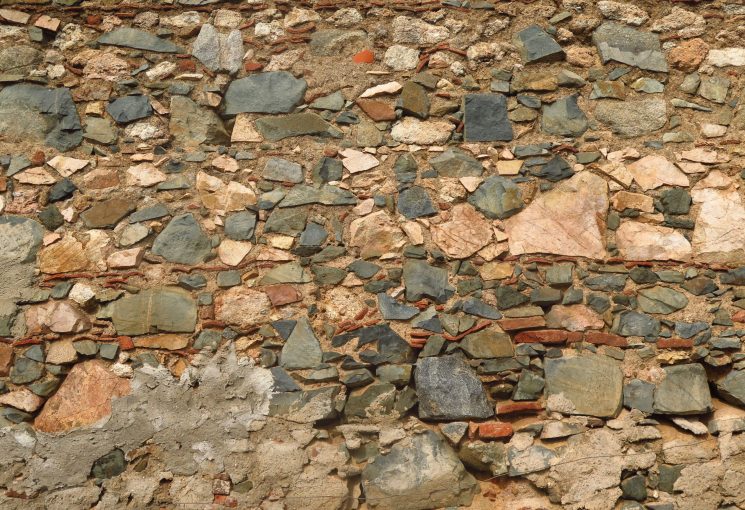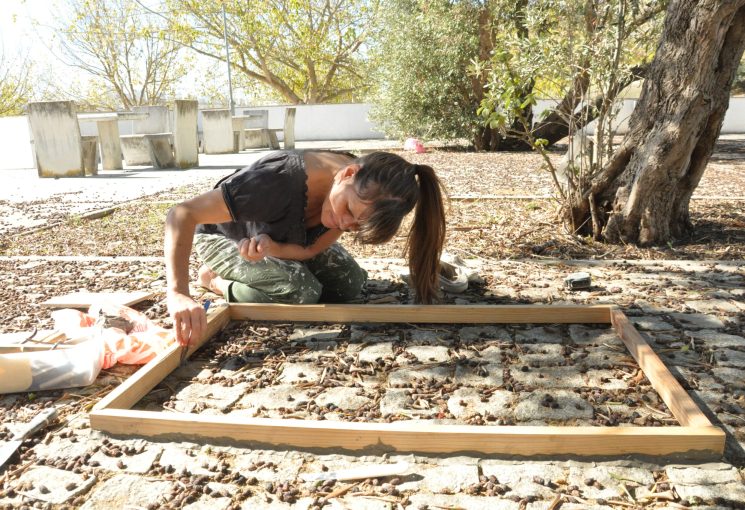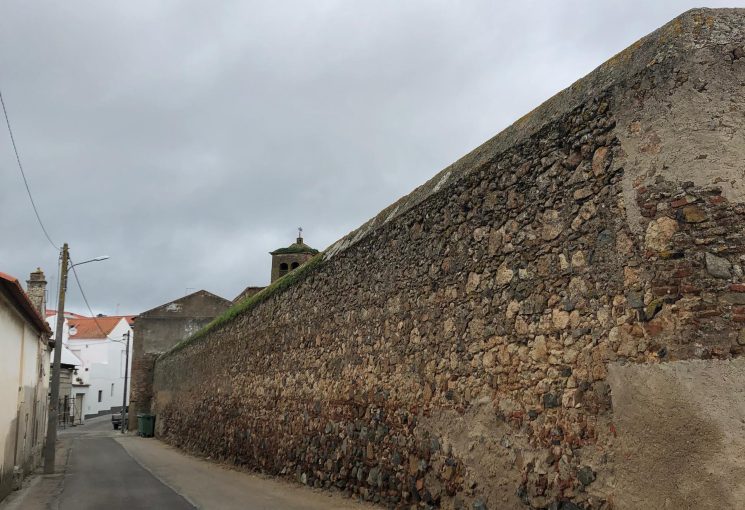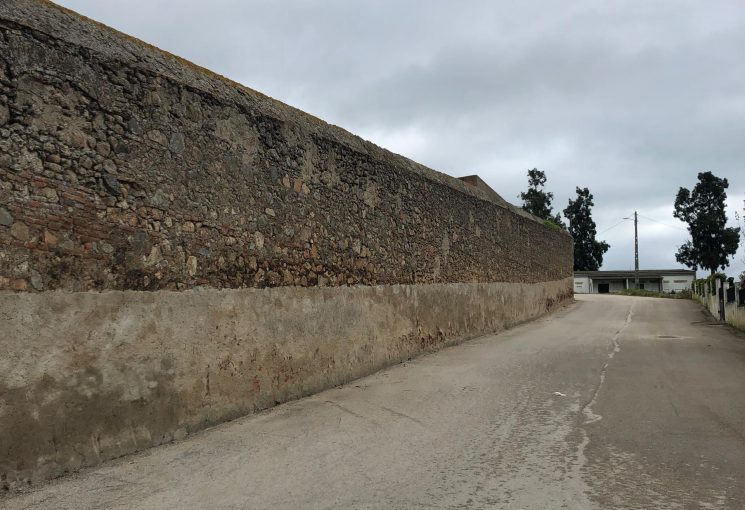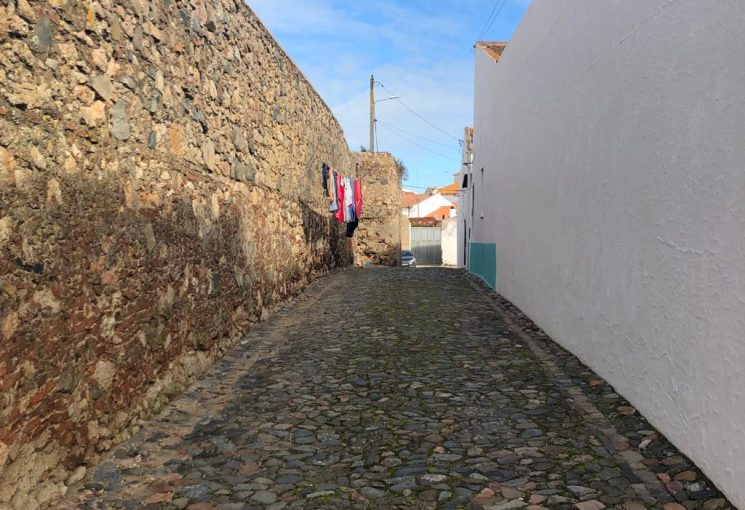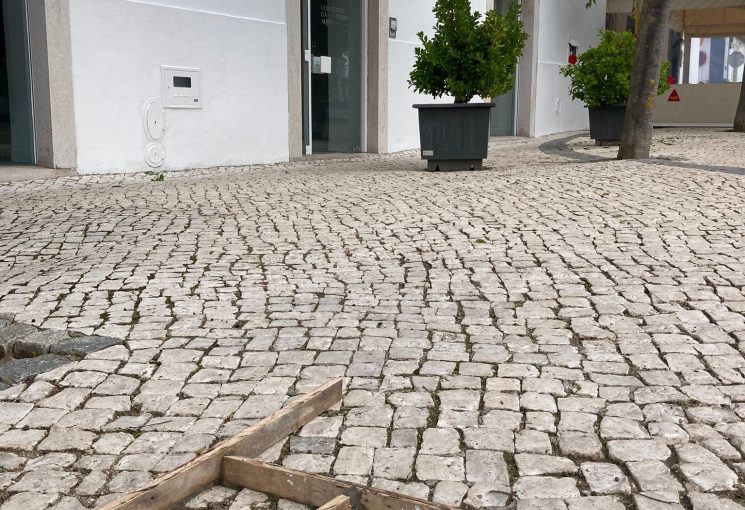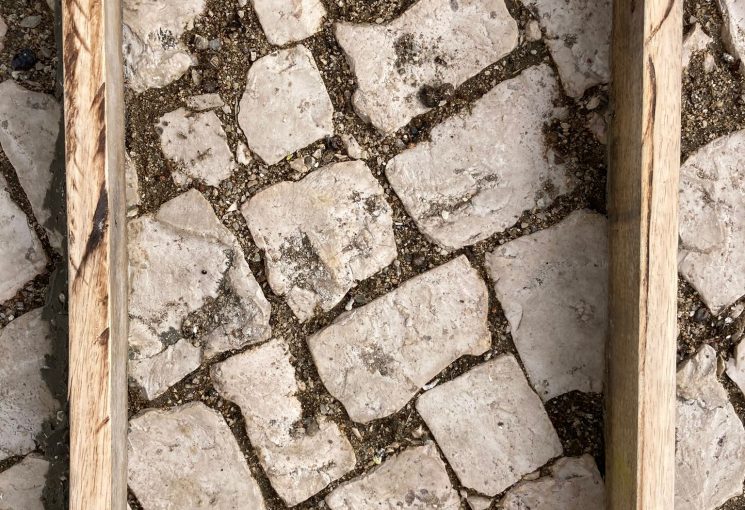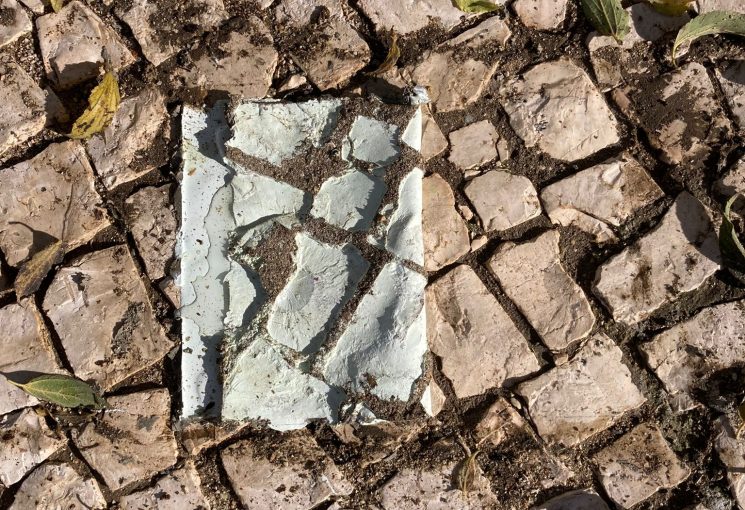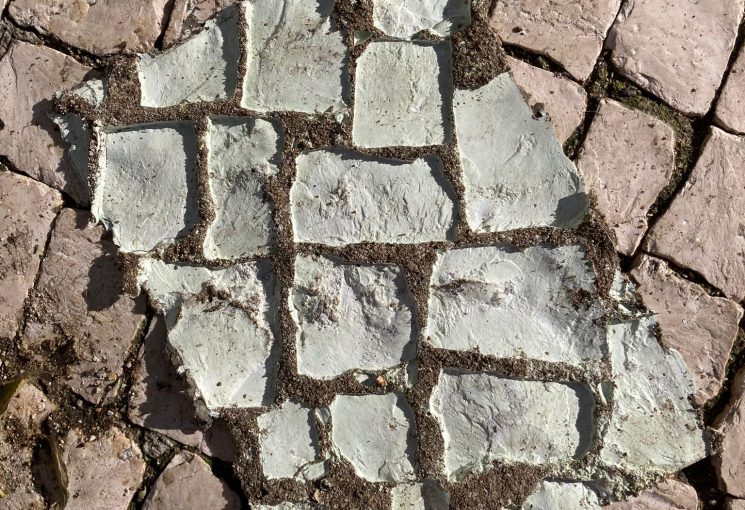
Sem Resultados.
No results found.
The musalla is an outdoor space near a mosque dedicated to prayer. The fundamental idea is to establish a connection between the “Musalla of HisnTurrus” and the churches and chapels of Torrão, creating a symbolic bridge between Arab and Christian cultures, Islam and Catholicism. The project shall culminate in an installation.

Certainly, not the entire wall along Rua do Poço Velho was erected during the construction of the mosque believed to have existed there. However, there are undoubtedly portions of it—stones and other details—that trace back to that historical era of the village. During the initial stages of her creative process, the artist, inspired by the seemingly random composition of specific sections, used them as material references to evoke the memories of the historical period when Torrão was a Muslim village inhabited by Moors.
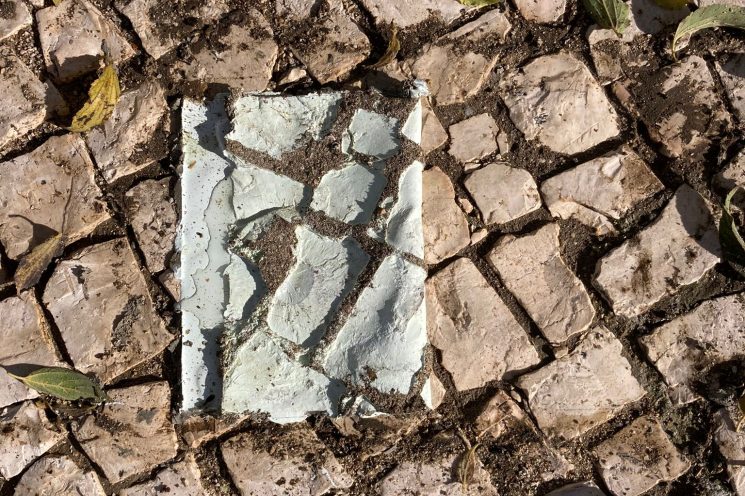



Katie Lagast contextualises the origin of this research-action, sparked by a stroll through the streets where that wall caught her attention: “I see this work not only as a reconnection of two religions and many significant stories, but also as an appropriation of memories and symbols from a bygone era. I used the ancient wall and its reliefs and patterns to create an anchor piece within my own creation.”
Crepúsculo (Twilight), an installation and finished work in coloured glass, can potentially travel and adapt in situ to various sacred spaces, in Torrão or other villages or cities. It is primarily destined for one or more of the churches in Torrão—depending on the accessibility of each of these spaces. The glass panes allow projection from the outside into the interior space, a frequent feature of this artist’s work. Furthermore, the installation evokes an ephemeral relationship between time and space: light. Lagast explains, in September de 2023: “During my visits to Torrão, I will begin my investigation by walking the streets of the village, observing the walls, making photos, investigating what’s beneath my feet or between the stones, examining the singularity of the landscape: stones, walls, pavement or pothole covers. I will be looking for remnants of urban memory and investigating the historic vestiges which finally have materialised in a sort of petrified archive that should grow over time (and which could eventually be presented in the form of a magazine, book, or website, or in exposition venues). I will transform what I find—the leftovers, the imagined—into tangible objects of beauty and contemplation. In this way preserving “slices” of time and space that few people bother to notice.
